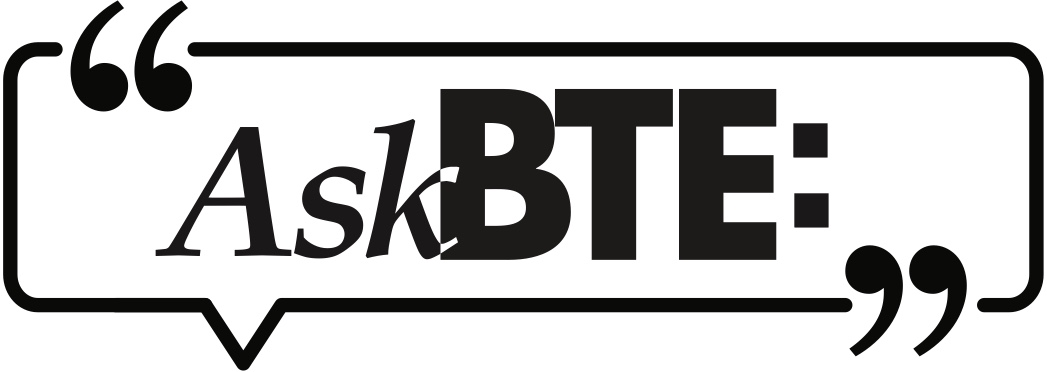In a tag-team presentation at the NBTA Canada Conference this spring, the two challenged travel managers to evaluate their budgets, their programs and their jobs, and consider how they can be more creative.
Maguire gave examples of how he and a group of five others built a consortium in the 90s. Was it easy? No way! It was made more difficult by the industry’s perception that collective buying programs had never worked. Plus, it was a major culture change. But the Corporate Travel Consortium was successful because the group’s preparation was complete, says Maguire, and the members, supported by upper management, were not afraid to “step out of the box” to try something new.

The idea of buying consortiums is being examined again, according to Maguire, who cited interest among members of the Indianapolis-based NBTA Sports Task Force and attendees at the London Business Travel Show. Basic requirements for effective consortiums, said Maguire, include a group of diverse members with strengths in specific areas, a commitment to spending the time needed and facing the opposition that will appear, and the ability “to work together effectively to develop diverse strategies as the travel industry continues to change.”
Members “must be compatible,” Maguire continued.”The corporations, as well as the consortiums, must work together through a continuing dialogue. Each member of the group has to be completely open-minded, listen and work diligently for both sides. They must be able to admit when they’re wrong and take a step back. It requires an ability to square off with each other and still shake hands at the end of the meeting, as well as being business partners to reach common goals.
“When fully prepared,” stated Maguire, “sit down face-to-face with CEOs and heads of sales to present your plan, highlighting benefits to each department and organization. You and your company will be in a position to benefit from the joint venture; it is critical that you emphasize the value to upper management.”
Of course not all companies can work with a consortium, so it is critical that each travel manager become creative, Lyons pointed out. He urged each to “dare to speak up,” observing that he and every travel manager he has ever known has a list of five or 10 ideas he knows, without a doubt, would streamline and dramatically trim T&E.
Think of how much smarter it would be, Lyons urged, to go to the CEO and present your list — and be told “no” rather than to have him or her approach you, saying “Why didn’t you think of this?” Guaranteed, it will already be on your list. And if they say no, he added, don’t give up: take another approach at another time.
Instead of standing by while others discuss travel cuts, the savvy TM will research, outline, and present a mandated travel policy, said Lyons and Maguire. They counseled proceeding with caution as some of the strongest protestors have the most to lose (or hide) by adhering to policy. Denial of reimbursement will force compliance, they said: if a traveler is not using the preferred airline, hotel, and rental car when available — no reimbursement! If expenses turned in are above per diem or outside allowable costs — no reimbursement! If the approved, company-provided credit card is not used where it is accepted — no reimbursement!
“An effective way to move toward compliance,” said Lyons, “is to minimize the complexity of the company travel policy. Many travel managers have reduced the seldom-read document from 18 or 20 pages down to two or three sentences. When a document is too long it opens doors for misinterpretation and deviation. What is the intent? Which would you read and take seriously?”
Acknowledging that travel managers are concerned about losing their jobs, Maguire and Lyons stated “Don’t waste time and energy worrying — instead use that valuable time and creative energy to develop and present a plan to upper management.”








